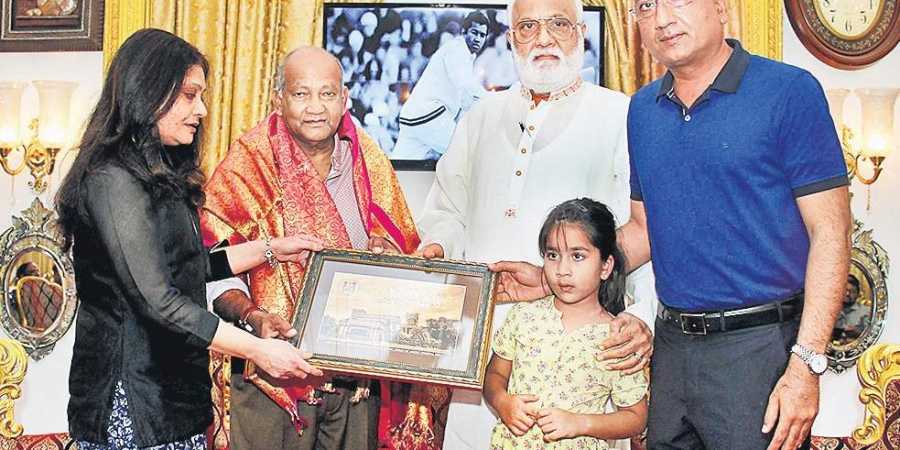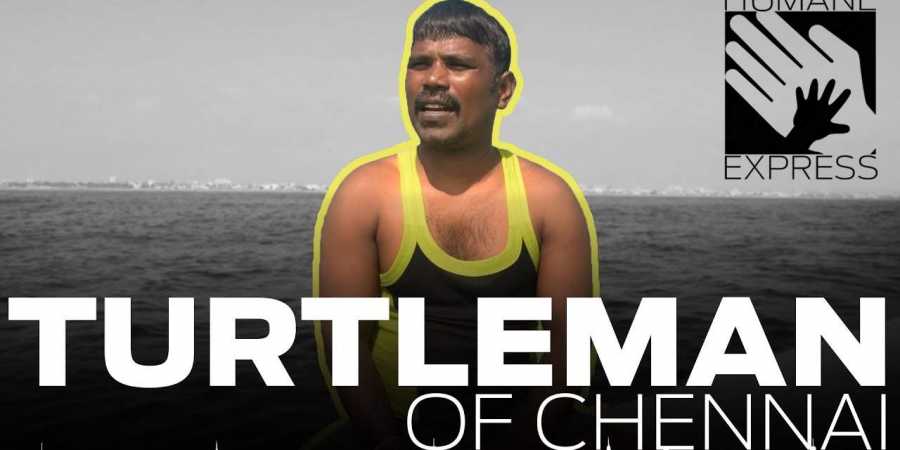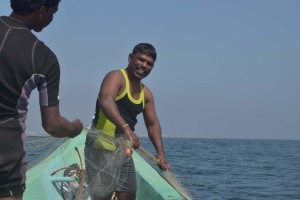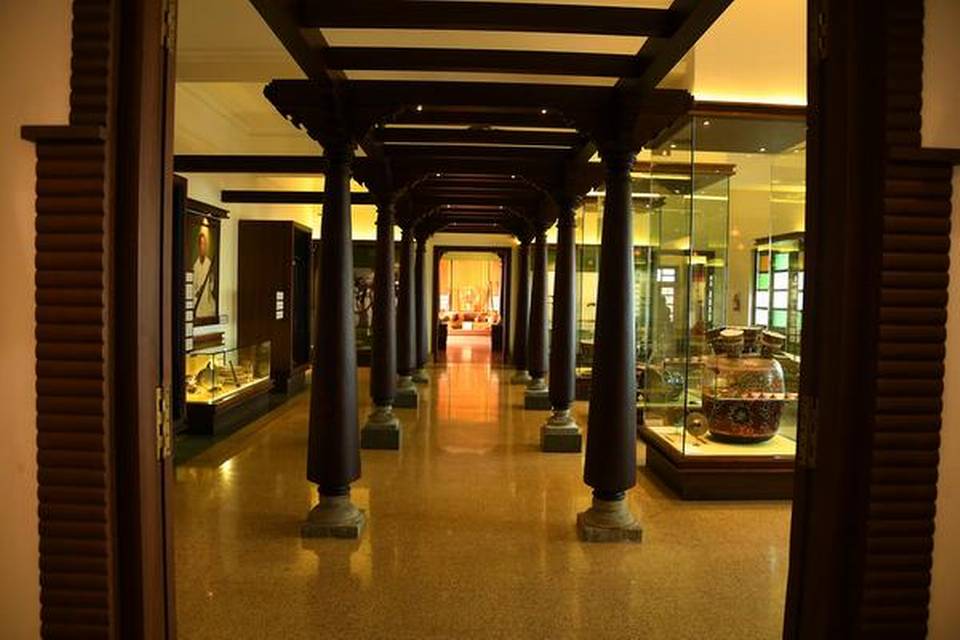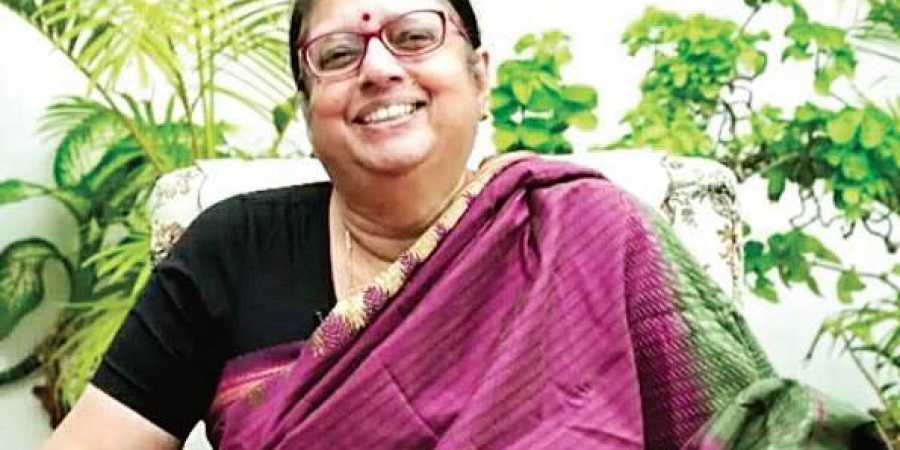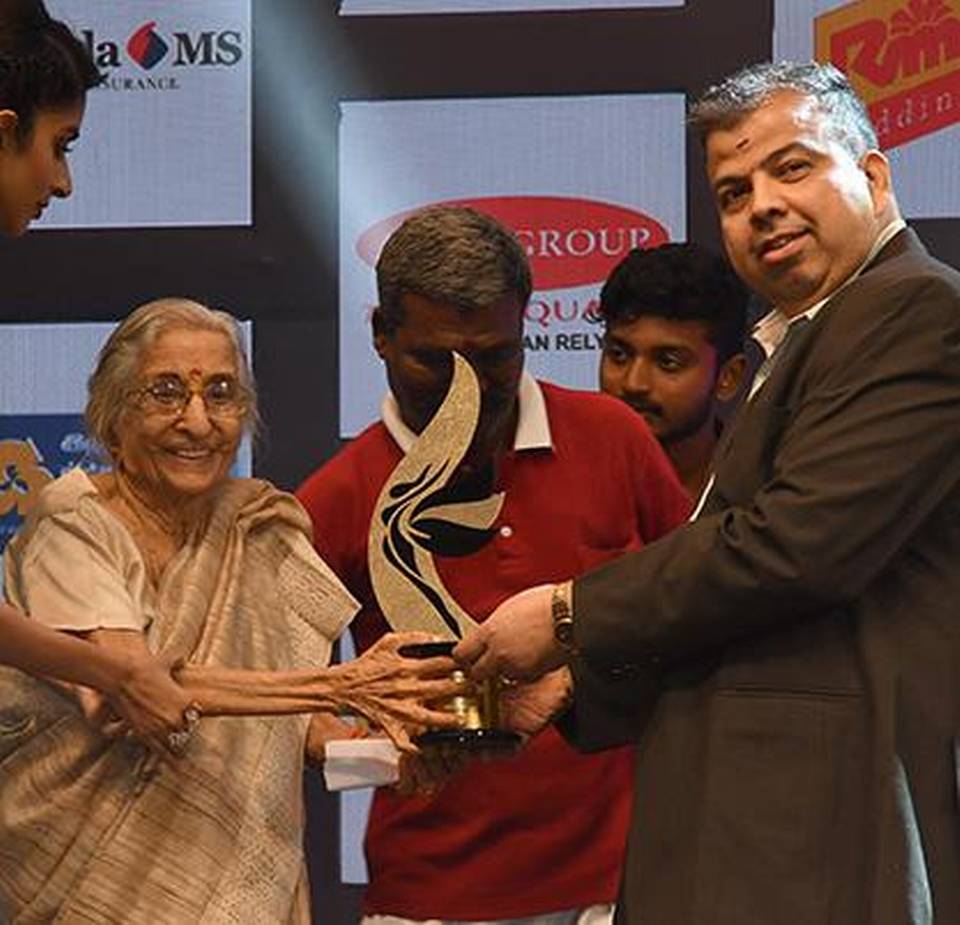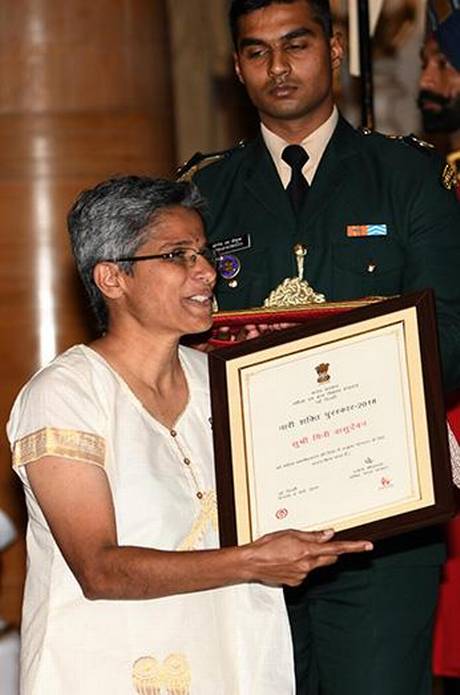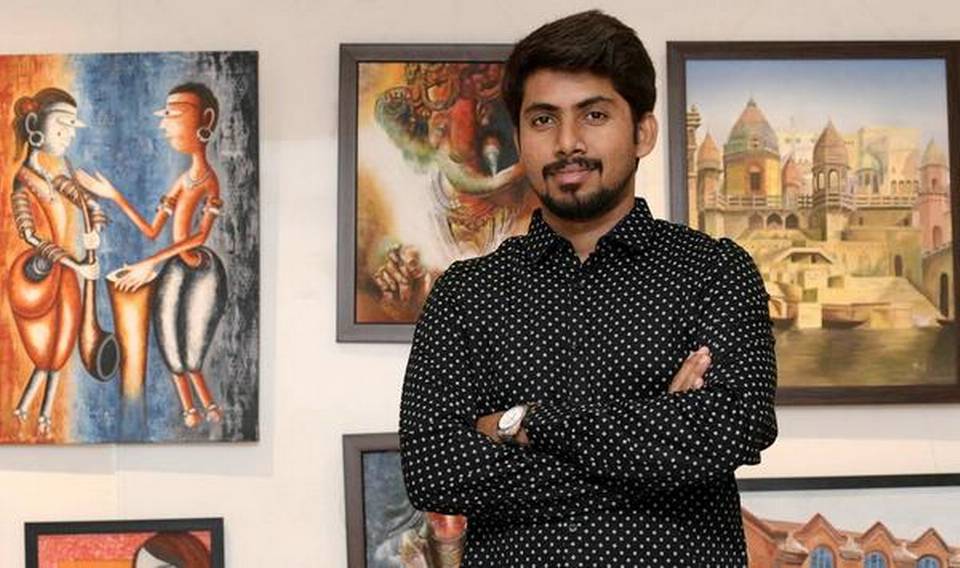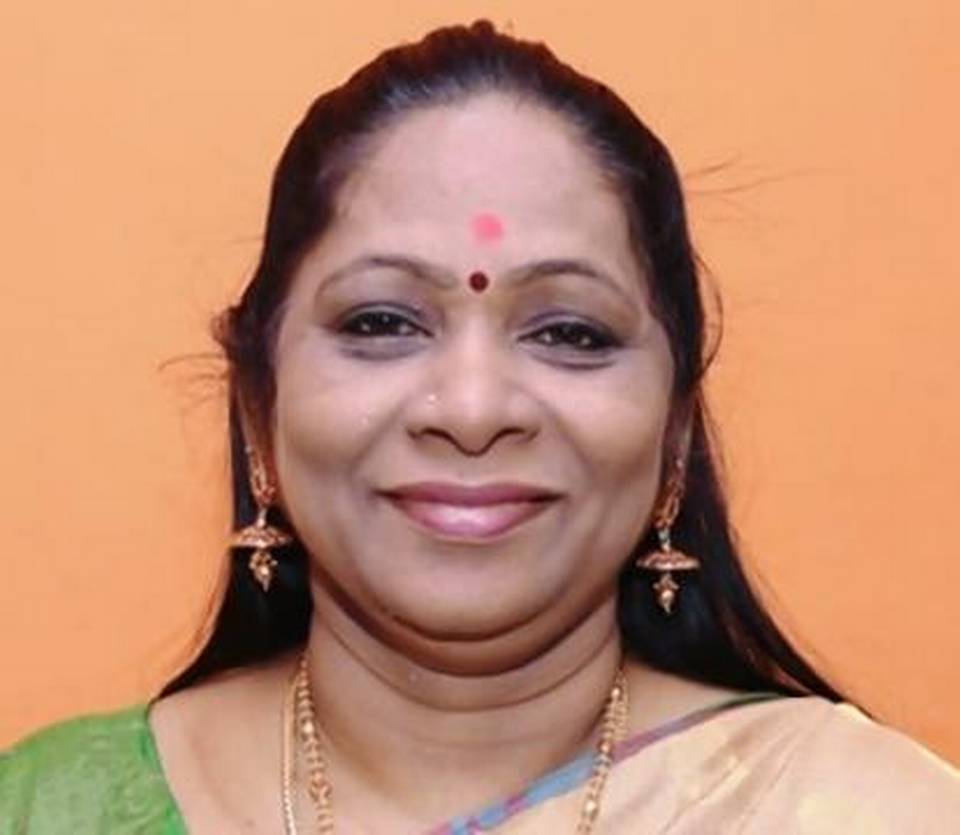Tamil Isai Sangam was founded in May 1943, with Raja Sir Annamalai Chettiar as the president and R.K. Shanmugam Chettiar as the vice-president. Annamalai Chettiar’s three sons — Muthiah Chettiar, Mayor Ramanathan Chettiar and Chidambaram Chettiar — were also involved with the Sangam. Many are the milestones in the history of the Sangam, the latest being the inauguration of Tol Isai Kalanjiyam — a museum of musical instruments at the Raja Annamalai Manram premises in Chennai. This writer caught up with Valli Arun, the moving spirit behind the museum. She is the great granddaughter of Raja Sir Annamalai Chettiar and granddaughter of M.A. Chidambaram Chettiar. Her father A.C. Muthiah has been honorary secretary of Tamil Isai Sangam since 1993. Valli became a member of the board of trustees in August 2016. Her suggestion that a museum of musical instruments should be established, was instantly approved by the board.
“My grandfather M.A. Chidambaram Chettiar had collected many musical instruments, which were kept in the Sangam, but not displayed as in a museum. Grandfather also had a fondness for art, and he got artist T.V. Ratnam, to paint portraits of vidwans. The gallery was then just a hall, with long cases containing the instruments. What I wanted was an aesthetically designed museum, with a proper display. While plans for the museum began in August 2017, site work started only in May last year. We were very lucky to have found an excellent architect in Katheeja Talha,” says Valli.
Valli acknowledges that Dr. Lakshmi Poduwal, former Principal of the Sangam’s college, has been a pillar of support. Dr. M. Thangarasu, former Vice-Chancellor of Periyar University came up with crisp write-ups about the Sangam. On display in the museum are two visitors’ books, one of which pertains to the gallery and has signatures of Dr. Rajendra Prasad, President of India, Bishnuram Medhi, Governor of Madras in the late 1950s, Dr. Sarvapalli Radhakrishnan and His Highness Jayachamaraja Wodeyar of Mysore. One of the exhibits is a handwritten letter from Rajaji dated 1946, where he talks of a Tamil’s natural proclivity for music.
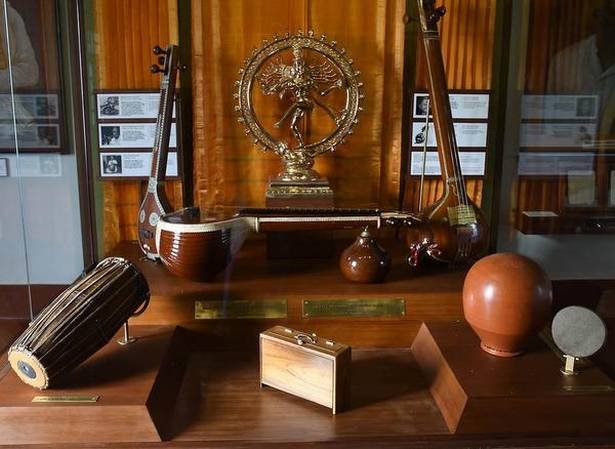
“Eighty instruments in the museum are from grandfather’s collection. I wanted to add ones that were used by well known musicians. My mother recalled that my father’s childhood friend’s sister Nalini was married to T.N. Rajaratnam Pillai’s grandson Sarabhoji. So, mother contacted Nalini, who gave us two of TNR’s nagaswarams. Dr. Poduwal procured Papanasam Sivan’s spectacles and two handwritten kritis of his, flautist N. Ramani’s tambura, and a ghatam from Vikku Vinayakram. Nityashree gave us DKP’s sruti box. We also added the veena of Shamnugavadivu (M. S. Subbulakshmi’s mother) to our collection,” says Valli.
Some of the instruments were repaired in situ, while some were taken to workshops to be fixed. Balaji of Sankar Musicals, Mylapore, and Ezhumalai of Puttur took care of the repairs. The portraits were restored by artist Manivelu, says A. R. Nachiappan, secretary of the Sangam. Of the 38 portraits painted by artist Ratnam, 12 are displayed in the museum, and the rest in the auditorium. Many photographs were sourced from the archives of The Hindu. The museum, with its hand carved pillars from Chettinad, looks stately. Justice Gokulakrishnan suggested that a Nataraja bronze would add to the appeal of the collection, and Valli had one made in Swamimalai.
The museum has rare instruments including nagara, Panchamukha vadyam, an antique sruti box, kolyazh — a yazh shaped like a boat — and mayil naga veenai — which has a peacock face carved near the resonator and a five hooded serpent in place of the yaazhi. There are two ekkalams, and one can see how the five-feet long instrument is collapsed into a more easily transportable one-foot instrument.
“The ekkalam is an aerophone, played during weddings, temple festivals and during hunting. Panchamukha vadyam is a five-faced resonating instrument. Each face represents one of Siva’s faces — Sadyojata, Tatpurusa, Isana, Aghora and Vamadeva. It is played in Tiruvarur and Thiruthuraippoondi temples. The performer stands on the side of Vamadeva and strikes one or two of the faces at a time. Nagara is a North Indian drum, which is mounted on a carriage, to follow the deity in temple processions. The Pradarshana Veena is unique. Prof. Sambamurthy used this kind of veena to prove the theory of 22 srutis,” explains Dr. Poduwal.
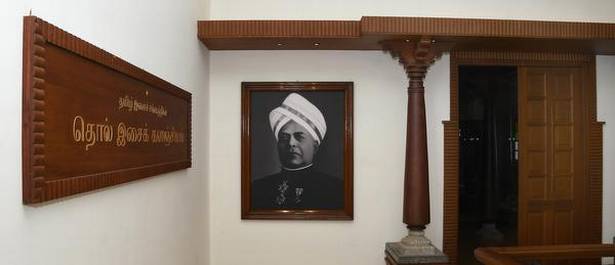
“My father suggested that we should screen video footage on how musical instruments are made. V. Nallathambi, retired Assistant Station Director of Doordarshan, told me that Doordarshan had aired a feature in 40 episodes, about the making of musical instruments. We’ve got the episode on tavil making for now. We will get more episodes from Doordarshan, so that the video will play continuously, even as visitors have a look at the exhibits,” says Valli.
While the museum is a dream come true for Valli, there were many anxious moments before the inauguration. A few days before the inaugural, Valli found that the mount for the rare rectangular flute was intact, but the instrument was missing. It was discovered after two days of frantic searching. Valli was briefing some students who were to be volunteers during the inaugural, when Nachiappan entered, ‘lost’ flute in hand, and the students cheered heartily. “I don’t think any instrument would have had the kind of welcome our ‘lost and found’ flute had!” laughs Valli. While the glass display cases were being made, rats had a go at the skin on the just repaired percussion instruments. And so back they went to the repair shop, returning in time for the inaugural.
Tol Isai Kalanjiyam was inaugurated by Governor Banwarilal Purohit on February 17. The museum is open, 10 a.m.-5 p.m. on all days, except Monday.
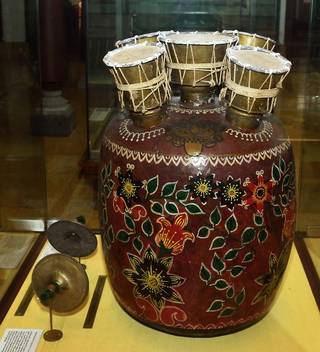
source: http://www.thehindu.com / The Hindu / Home> Entertainment> Music / by Suganthy Krishnamachari / March 14th, 2019
